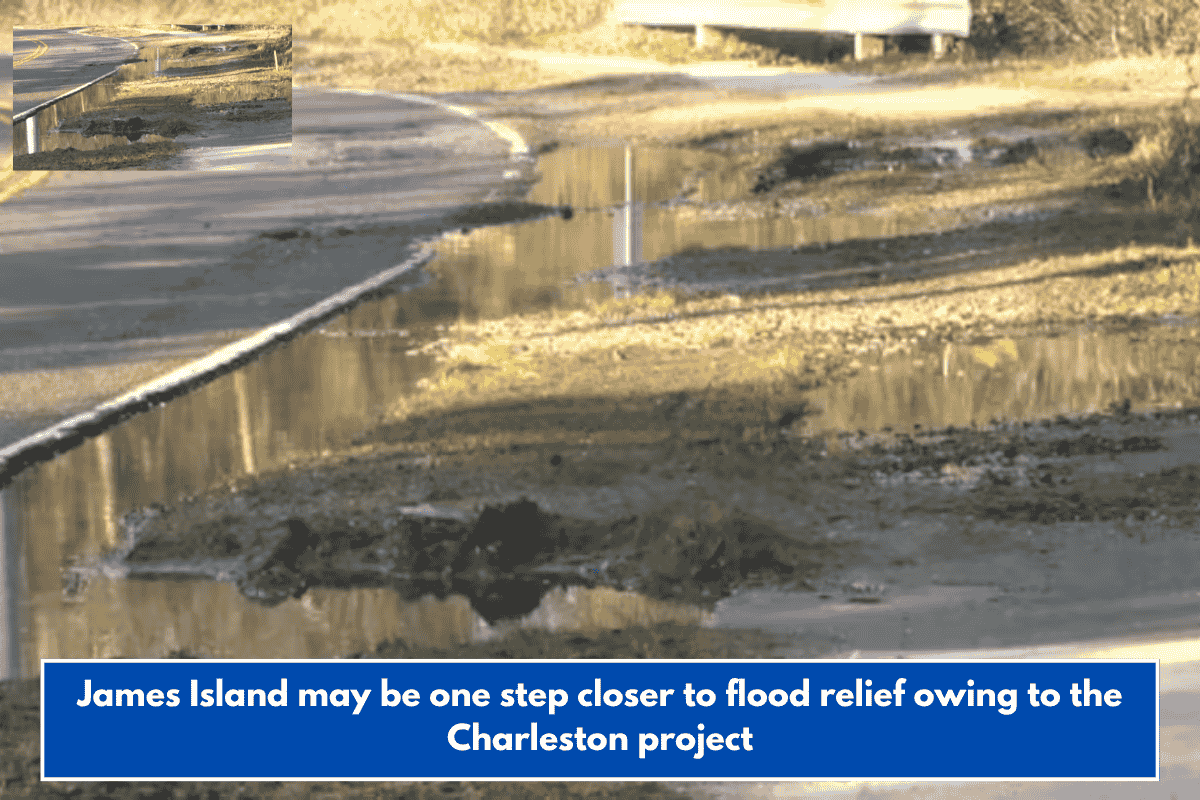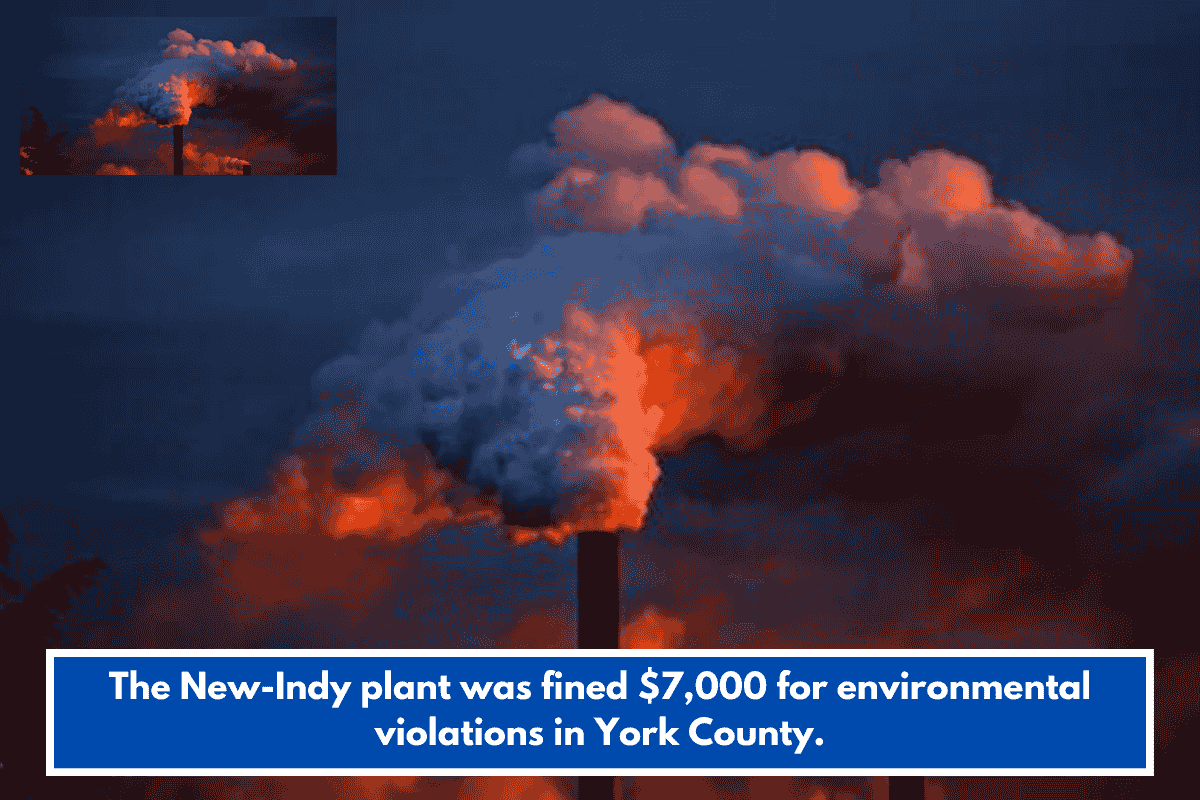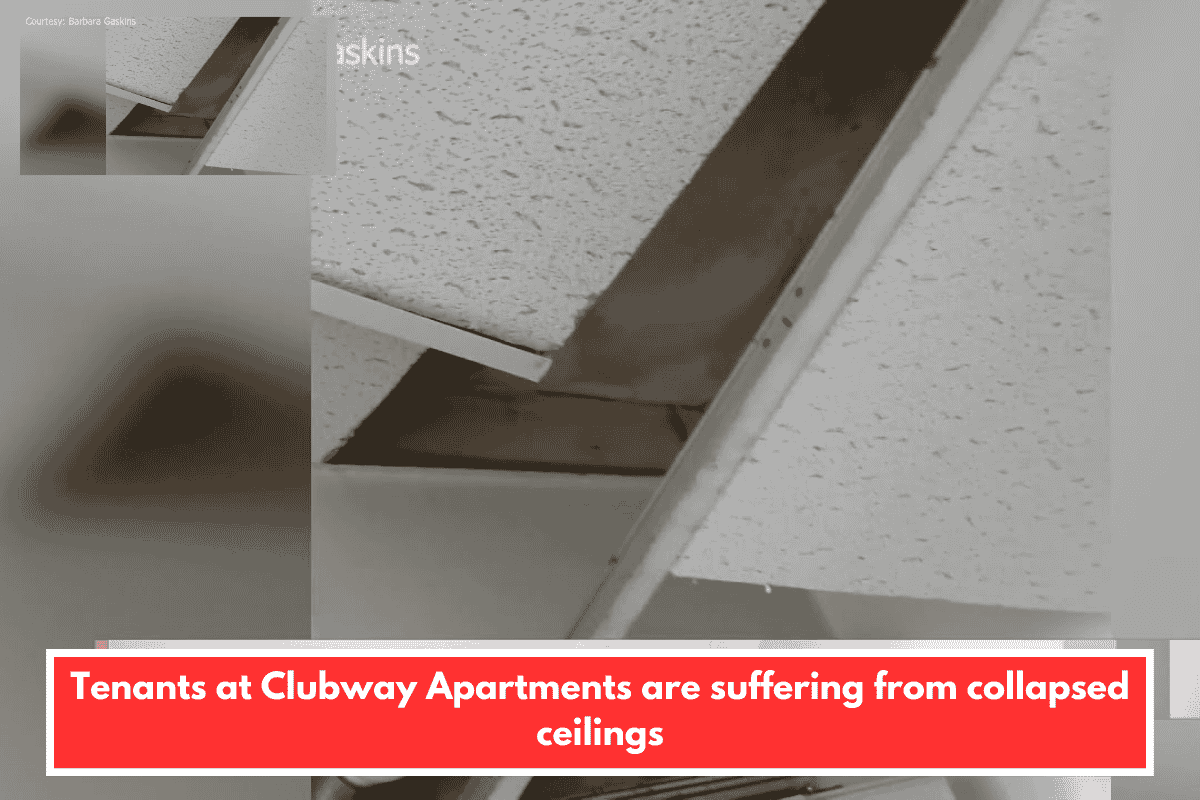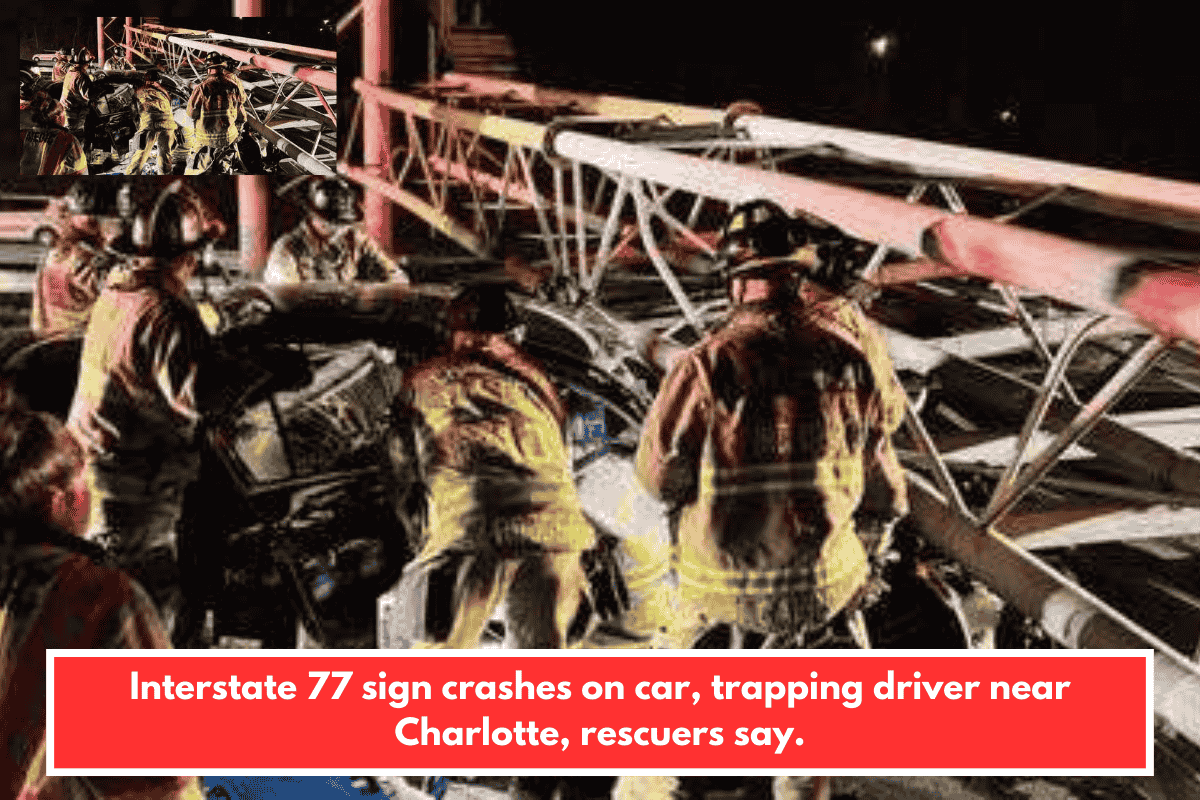James Island, South Carolina – Residents on James Island may be closer to receiving flood assistance when the City of Charleston Technical Review Committee reviews infrastructure improvements Thursday morning.
The infrastructure project, which has been on the committee’s agenda three times, intends to modernize old infrastructure while also making the area’s drainage system more efficient and resilient.
The plans involve enlarging existing drainage channels and replacing older pipes with larger, box-shaped tunnels known as box culverts. The city also intends to install muted tidal gates and check valves at the system’s lowest locations, allowing stormwater to drain into surrounding creeks while preventing high tides or stream water from coming back into neighborhoods.
Charleston officials stated that the goal is to lessen the frequency and severity of floods, particularly in low-lying neighborhoods that suffer from heavy rains and high tides.
While the project is being approved, the city is also seeking funding. Leaders asked for a $1.5 million grant from the South Carolina Infrastructure Authority in September and are still waiting for a response.
Charleston County is already working to prepare for potential storms. Central Park surface remains blocked between Riverland Drive and Fleming Road for a $2.7 million project to replace pipes and level the surface.
Steve Kirk, the city’s stormwater project management practice lead, stated that these enhancements are vital to protecting both houses and infrastructure.
“Many parts in Charleston, including downtown, James Island, John’s Island, and West Ashley, are older. Kirk suggested that the existing infrastructure may be undersized. “It may not be ideal for the level of development that has occurred, and notably, in terms of the Central Park area, it is low and drains into a tidal influenced body of water. So, when the tide is high, the water moves out much slower.”
He stated that the changes would make a significant difference for locals.
“The project will allow the water to move through and out of the drainage basin a whole lot faster,” according to Kirk. “So, what you’re going to see is a reduction in the duration, in the frequency and in the severity of any flooding that does occur.”
Kirk stated that every drainage project begins with knowing the problem before determining the best solution.
“When we address flooding concerns, when we address drainage problems in the city, you have to define what the problem is first,” according to him. “What will the project’s scope be?” You must define the service area. Once you have that, you conduct research in the area to thoroughly understand the problems. Once you understand the difficulties, you can start looking for viable solutions.”
He also mentioned that this method is part of a bigger citywide effort to upgrade Charleston’s drainage systems and ensure long-term resilience.
“We have an extensive list of stormwater projects,” he said. “We go over and prioritize the projects. We work with the mayor and city council to address drainage issues throughout the city, not just in specific areas.
He stated that, while the process takes time, it is critical that the city get it properly.
“Just know that we are working through the process,” Mr. Kirk said. “It takes time. We need to ensure that the project is properly conceived and built so that it will last for years.”
If the proposal is authorized, the city will proceed with sourcing funding, asking for permits, and finishing the design. Construction is expected to start in 2026, with completion scheduled for mid to late 2027.









